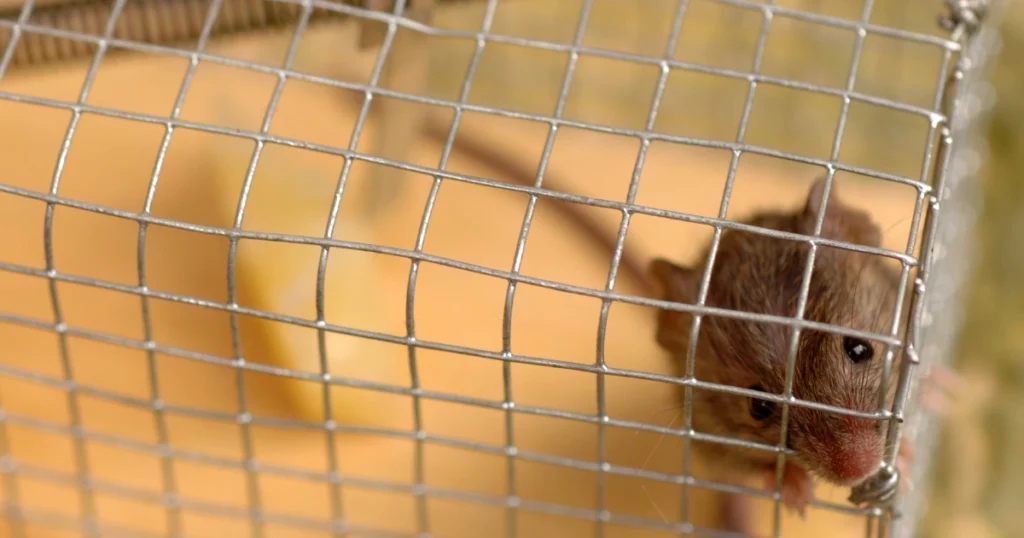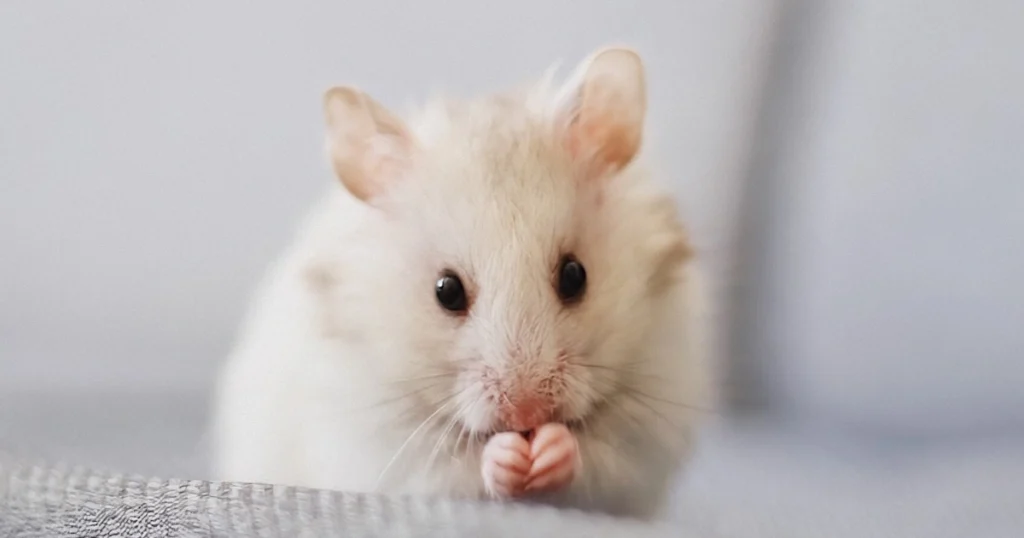
Mice infestations can be a significant nuisance, posing risks to your property and health. These small but persistent pests are known for their ability to reproduce rapidly, contaminate food, and damage homes. Addressing a mouse problem promptly with the right tools and strategies is essential. At Critter Stop, we specialize in humane wildlife removal, and our expertise in managing mice infestations ensures effective, long-lasting results. This guide will cover everything you need about trapping mice, including techniques, prevention tips, and answers to common questions.

Mice are drawn to locations that provide easy food, water, and shelter access. Even clean homes can be attractive if gaps in walls or improperly sealed food containers are present. Once inside, mice establish nests, typically in attics, basements, or wall voids. This underscores the importance of quick action at the first signs of an infestation. Critter Stop’s professional services can help identify vulnerabilities in your home and provide effective solutions.
Recognizing the presence of mice early can save you time and money. Look for these telltale signs:

Snap traps remain one of the most reliable ways to trap mice. They work by swiftly killing the mouse when triggered.
Glue traps use a strong adhesive to immobilize mice.
Designed for efficiency, electronic traps zap mice with a high-voltage shock, ensuring a quick and humane kill.
Live traps, including homemade live trap for mice, allow for ethical pest control by capturing mice without harming them.
Innovations like the fos trap mice and zap trap mice combine convenience with effectiveness, making them valuable options for modern pest control.
When comparing mouse vs rat trap, remember that rat traps are larger and stronger, designed for bigger rodents. Using the correct trap size is crucial for success.
The placement and baiting of traps are vital to catching mice efficiently:
If you're unsure where to place traps or are dealing with a larger infestation, Critter Stop offers expert consultations and removal services, ensuring thorough coverage of affected areas.

Modern tools like a mouse trap camera can monitor trap activity in real-time, helping you identify where mice are most active. These devices are particularly useful in attics, basements, and other hard-to-reach areas.
After addressing the immediate issue, focus on prevention to keep mice from returning. At Critter Stop, we don’t just remove mice—we also seal entry points and implement strategies to protect your property. Here’s what you can do:
Mice can spread hantavirus, leptospirosis, and salmonella through droppings, urine, and saliva. This is why proper cleaning and sanitization after an infestation is critical. Critter Stop provides thorough cleanup services to eliminate these risks, ensuring your home remains safe and healthy.
At Critter Stop, we understand the frustration and risks associated with mouse infestations. Our team of wildlife control professionals is dedicated to humane and effective pest removal. Here’s what sets us apart:

While snap traps are not strong enough to break a finger, they can cause discomfort or minor injuries. Always handle traps carefully.
Traps like electronic zappers are designed to minimize pain, making them one of the most humane options.
Use mouse traps for smaller rodents and rat traps for larger ones. Correct sizing ensures higher effectiveness.
Yes, they can be! However, professional solutions like those offered by Critter Stop are more reliable and thorough for large infestations.
Managing a mouse infestation requires the right tools, techniques, and knowledge. You can protect your home from these persistent pests by combining effective trapping methods, strategic placement, and preventive measures. When dealing with challenging infestations, trust Critter Stop to deliver humane, efficient, high-quality solutions. Visit us at Critter Stop or call today at 214-380-1667 to learn more about our services.
Visit our Critter Library and learn more about our furry friends